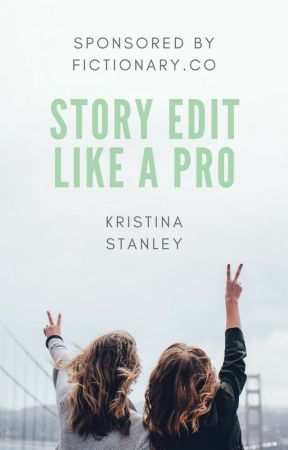Scene Opening Type
Try Not To Bore Your Reader With Repetitive Scene Opening Types
Why is this important? My lucky husband got to be my first beta reader. He understood how important my story was to me, and I knew his comments would be helpful.
Once he finished, he gave me one of the most useful pieces of advice I still use today. It came in the form of a question.
"Do you know you start every scene in a doorway?"
I hadn't noticed my writing habit. To make it worse, I started each scene with the description of a person in a doorway. I didn't use dialogue, action, or thought at all. His question made me do a full rewrite of every scene, looking at the opening types.
The reader may get bored if the opening types are repetitive and there is no variety.
Your Mission
Go through the opening of each scene of your novel and label the scenes with one of the above. Then check you haven't been repetitive like I was. You can do this quickly if you read the first sentence of each scene and don't get distracted by the rest of the scene (even if the scene is awesome).
~~~
Scene Entry Hook
Get The Reader's Attention With A Great Scene Hook
How many times have you read a book, were a little tired, and not sure if you wanted to start the next scene or chapter? You might have read the first few lines of the next scene and then decided to keep reading.
Whatever you read at the beginning of the scene that kept you reading was the scene entry hook.
When creating a scene entry hook, consider:
- Starting in medias res (opening in the middle of action)
- Foreshadowing trouble
- Using a strong line of dialogue
- Raising a question
- Not wasting words on extraneous description
Why is this important? Every time a reader starts a new scene, it's a moment when they might put your book down. If you don't grab the reader early in your novel, you might lose them for good. Taking that thought and applying it to each scene means evaluating the entry hook for each scene.
There's a lot of pressure on a writer to produce an extraordinary first line for a novel.
But as with most things, practice will make you better. So practice with the first line of every scene in your novel. By the time you've evaluated every scene looking for the entry hook, and maybe rewriting the scene opening for a few, you'll be ready to go back and rework the first line of your novel.
Your Mission
After your first draft is complete, check each scene and list how you created a hook. As with the scene opening type, variety will keep the reader engaged.
~~~
Scene Anchoring
Anchor your readers, and they will keep reading your story. The start of a new scene usually means the point of view has changed, the setting has changed, or the time has changed. For each of the changes, every scene needs to be anchored or your reader might get confused.
Anchor The Point Of View:
Check whether the reader will know who has the point of view within the first paragraph or at least within the first couple of paragraphs of each scene. If not, the reader might find this frustrating.
If you write your entire novel from one point of view, like many first-person novels, then don't worry about this.
Anchor the Setting:
"Where your character is" fits under setting. You know where the character is because you wrote the scene, but does your reader? If the reader can't figure out the setting within the first couple of paragraphs, you may lose them.
There are exceptions to this. For example, if your scene is about a character waking in a dark place and confused about where she is, then it's okay for the reader to be confused about where she is, too. This will add to the tension. The reader does need to understand the lack of setting is done on purpose.
Anchor The Timing:
The timing of the scene can mean:
- Time of day
- Time passed since the previous scene
- The actual date
Your Mission
Review each scene opening and ensure you anchor the reader in POV, Setting, and Timing (for the ones that have changed from the previous scene).

YOU ARE READING
Story Edit Like A Pro
Non-FictionAfter reading this guidebook, you'll have a method for ensuring that your story is well-told, well-paced, and highly effective. You'll be guided through the process of reviewing your story, scene-by-scene, until it works. We won't focus on copy-edi...

